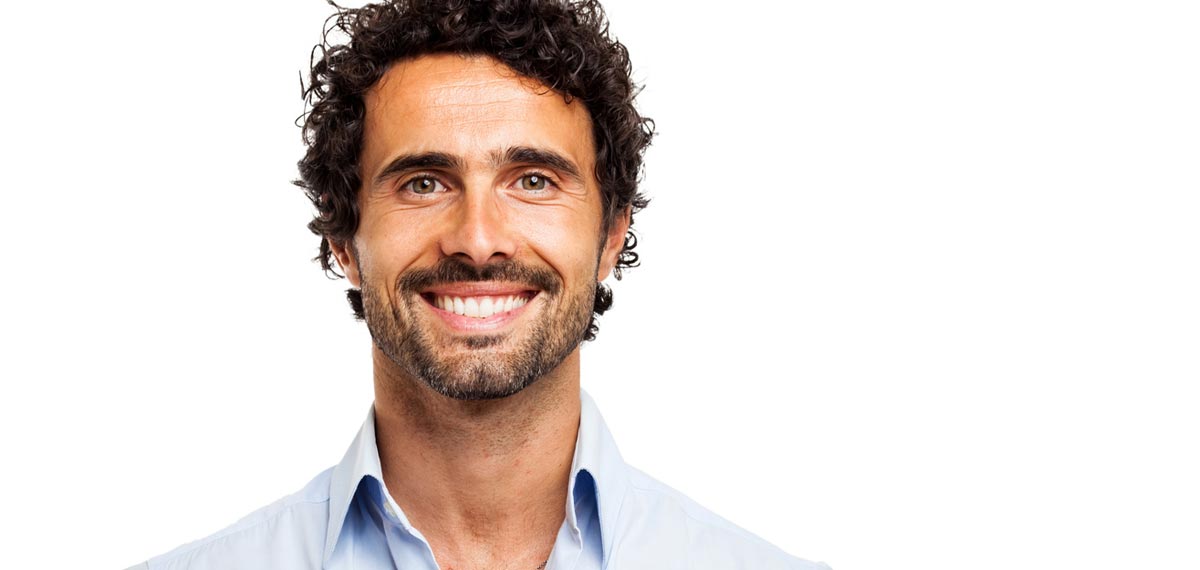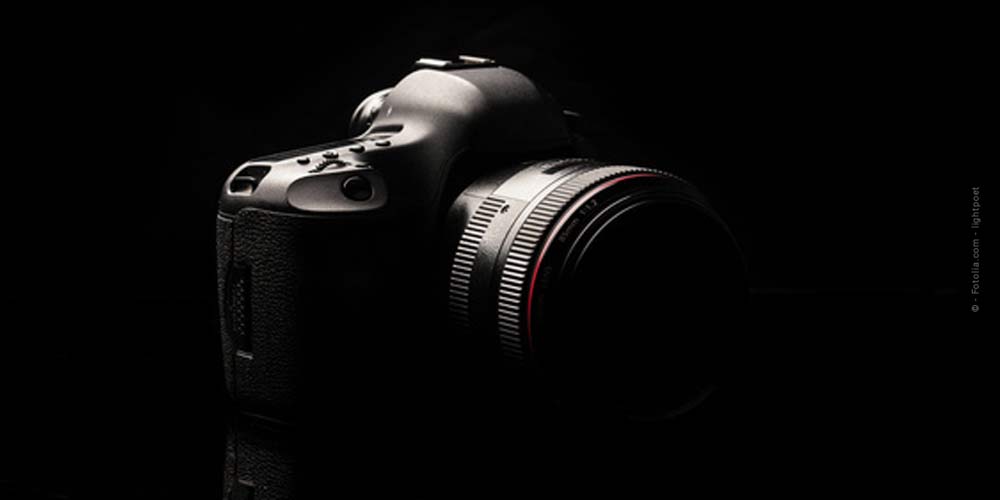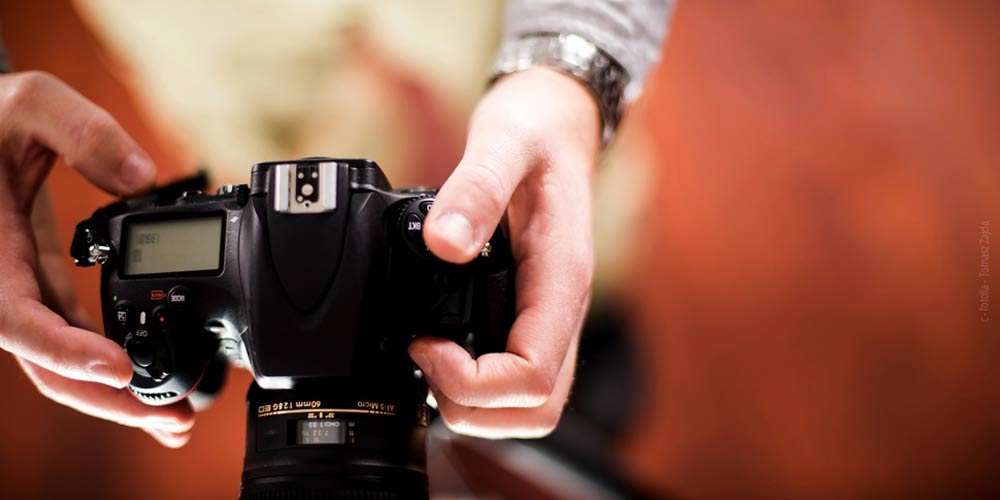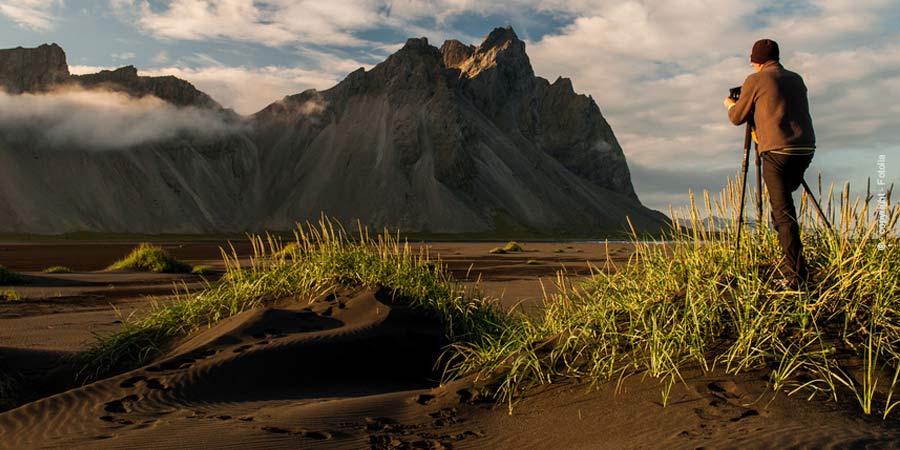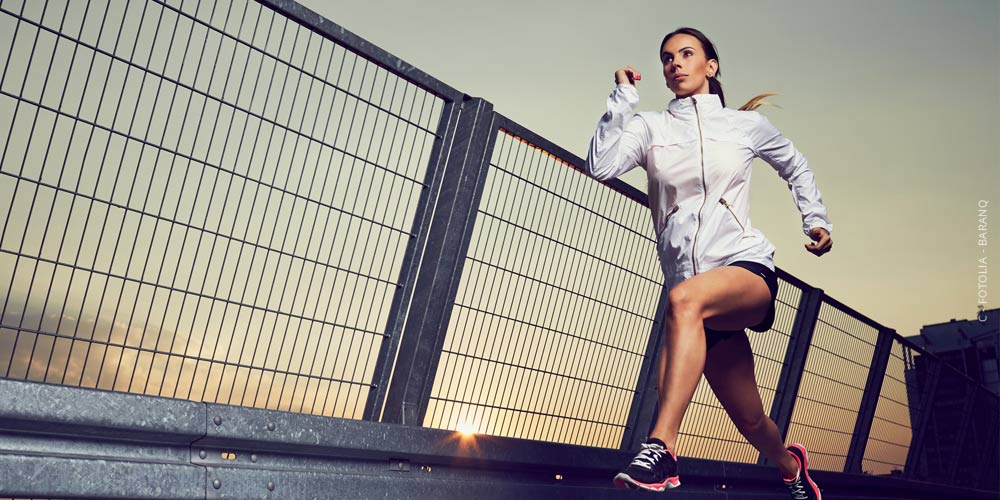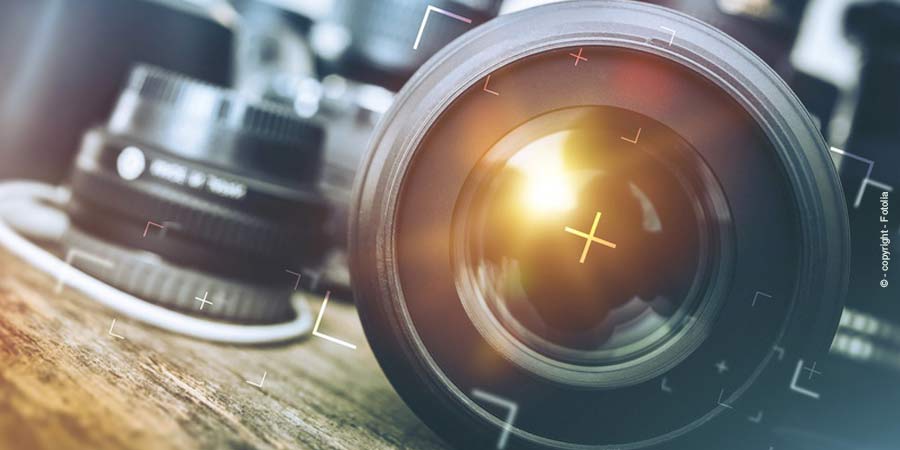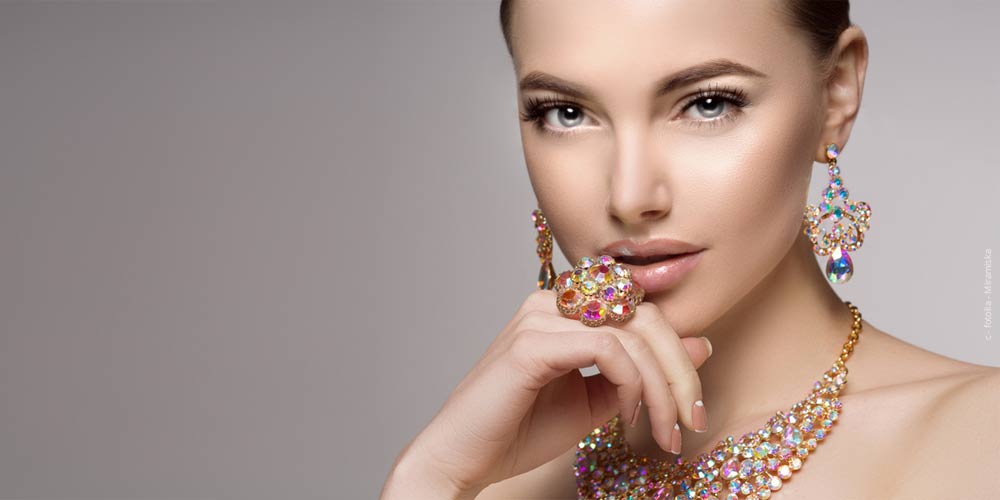Portrait photography: Light, shadow and colour conditions around the main motif must be right
The famous painter Rubens knew this as well as photographers do today: the high art of pictorial representation are portraits. Technically there are different tricks in modern camera times, in order to set faces with successful portrait photography advantageously in scene.
Portrait photography – Only the literal moment
Light and shadow, the background and special features of the model influence the quality of a portrait shot. These details must be checked and balanced as perfectly as possible before the actual recording:
- Tip One: The Smallest Things
The lens of a camera sees the smallest details – even those that nobody likes to find in a portrait photo. A cup still standing on the back of the table can make the entire portrait unusable. A pitchfork next to the model is just as little a part of a nature portrait as a wilted leaf on a windowsill is of an interior photograph.
Distracting distractions are more noticeable:
First, the image section for the camera recording is determined. Now the photographer zooms as close as possible to the person to be portrayed. During this process, the smallest details suddenly become much more visible. This can already be a window through which the daylight falls unfavourably in the direction of the model. Only now follows the next step to prepare a really good portrait photo.
- Tip Two: Looking in all directions
Some of the mentioned side issues change the mood of the portrait advantageously. So it is worth the effort to have a close look at the model from all sides in the planned photo environment. From above and below, from all sides and from behind – if necessary, helps to kneel and bend down, to sit the model down or to change his head posture.
Thus the panoramic view improves the portrait effect:
Leaves, a piece of sky with a nice cloud formation or a park bench can influence the effect of the portrait advantageously. It depends with this selection on which statement from the later portrait photo is desired.
The interplay of sharpness, light and shadow in portrait photography
The actual motif can only be created by carefully checking all light, shadow and colour conditions around the main character. Further tips improve the recording quality:
- Tip Three: Bokeh
In photography, the Japanese term stands for photographic blurriness of backgrounds. But instead of shaking, it’s exactly this focusing game with the lens of a camera that comes into being for a good reason: it emphasizes the advantages of the portrait model. Technically, this shooting goal is achieved by changing the aperture and focal length and the photographer gets close to the model. The prerequisite for a desired blurring of the background is that the model is removed from it.
- Tip Four: The Exposure
Shooting in the dark will be different from shooting in bright daylight. For optimal exposure, the camera should determine the brightness of the model. The previously required exposure measurement is based on this criterion. No matter how bright or dark the background is: Only the exposure number of the model leads to a really professional portrait photo.
Result: Apart from all technical tips, patience is the most important aspect
There are many aspects to consider to get a really successful portrait. With patience, these four basic tips and other criteria such as distance, glare spots or the eyes of the model, every portrait can be perfectly photographed. One tip that hasn’t been mentioned here is patience. Because even the most beautiful model is only flawless if every detail in this millisecond of the recording is right.

